WATer isotopeS in the critical zONe: from groundwater recharge to plant transpiration

Content
Understanding water exchange within the critical zone, i.e., the dynamic skin of the Earth that extended from the vegetation canopy to groundwater is vital for addressing key environmental problems linked to the sustainable management of water resources. The main aim of WATSON was to collect, integrate, and synthesize current interdisciplinary scientific knowledge on the partitioning and mixing of water in the critical zone, taking advantage of the unique tracing capability of water isotopes. These efforts allowed going beyond the current fragmented knowledge, providing a novel conceptual framework on the interactions between groundwater recharge, soil water storage, and vegetation transpiration, which was useful for water resources management across a variety of climatic settings. The Action activities were based on a network of early career and senior scientists from different complementary disciplines who were experts in the use of water isotopes, and stakeholders from governmental agencies and private companies from 19 COST countries and one Near Neighbour Country. Meetings and training events involved scientists and water managers, facilitating communication between academia and stakeholders, promoting the transfer of the latest scientific findings, and helping to identify research gaps and management priorities. The ultimate goal of the network was to build capacity in the use of robust isotope approaches for water resource management. The deliverables included practical tools, such as maps of groundwater recharge and water sources used by vegetation in different European regions that enabled the translation of scientific cutting-edge knowledge into tangible recommendations to support European agencies responsible for water management in agro-forest systems. We participated in the project by presenting our experience in isotope research in groundwaters and took part in various workshops and scientific exchanges.
